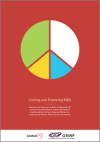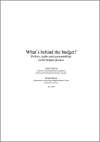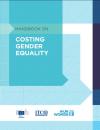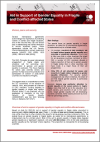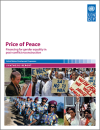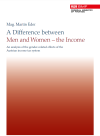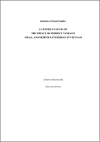FOUND 27
Examining the resources needed to implement Security Council Resolution 1325 at national level as well as the gains, gaps and glitches of financing the women peace and security agenda. Over the last decade the policy environment on women, peace and security has gained significant momentum.
Paper discussing the definition and measurement of Sustainable Development Goal (SDG) Indicator 5.c.1. (reclassified to Tier II) and comparing Indicator 5.c.1 with other SDG fiscal indicators.
Using country-level data, the paper estimates the costs of interventions aimed at promoting gender equality and women's empowerment in Bangladesh, Cambodia, Ghana, Tanzania, and Uganda. It then uses these estimates to calculate the costs of such interventions in other low-income countries.
The Handbook is a comprehensive, step-by-step guide to costing gender equality priorities.
The EC/UN Partnership has reviewed the extent to which commitments to women's security and peacebuilding needs have been financed by Official Development Assistance (ODA) in four different post-conflict situations: the Democratic Republic of Congo, Nepal, Bougainville (Papua New Guinea), and Aceh (I
The present study is a contribution to mark the 10th anniversary of the adoption of UNSCR 1325, and provides an overview of DAC members' funding targeted to gender equality in fragile and conflict-affected states.
The main research question of this study To what extent do post-conflict reconstruction initiatives allocate resources to promote gender equality, address women's needs and involve women in decision-making around strategies and related resource allocations?
Study by the Austrian Federal Ministry of Finance discussing existing income discrepancies based on current statistics and examining the effects of taxation, which is gender-neutral in its legal formulation, on these differences, especially with regard to the most recent tax reform.
This paper on SMEs in Vietnam, looks into biases that help explain the higher costs and lower profits of female-owned enterprises. It brings together gender analysis, small scale enterprise analysis, and gender budget analysis in a development context by demonstrating that gender mat
